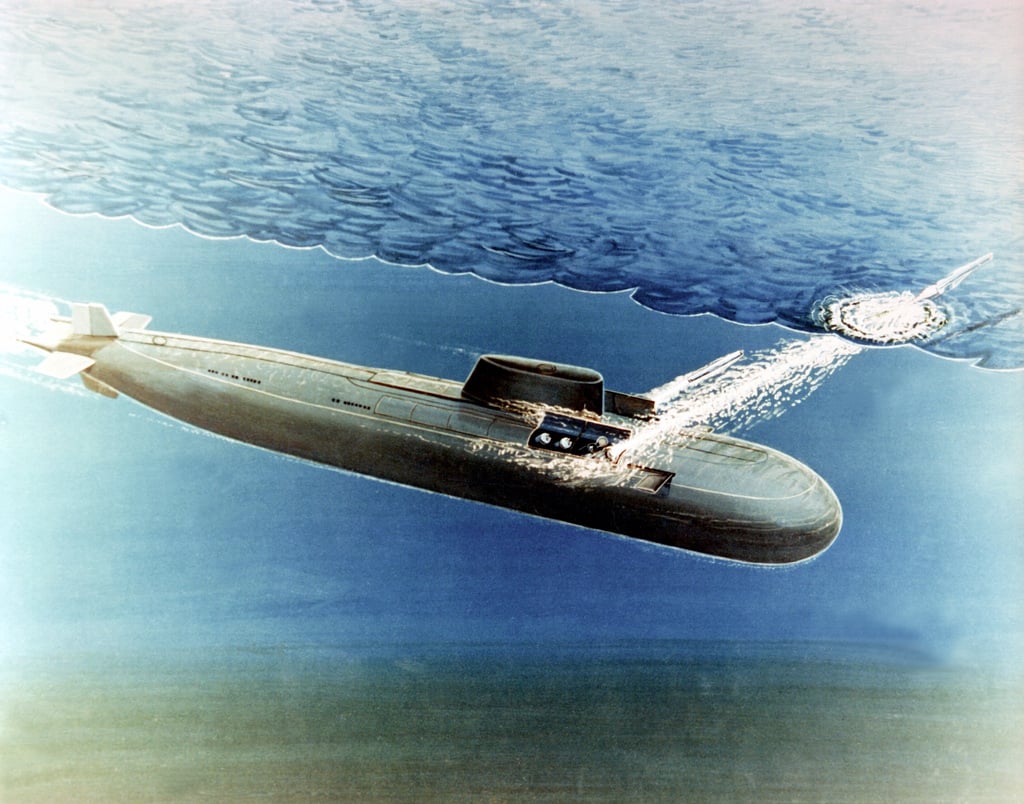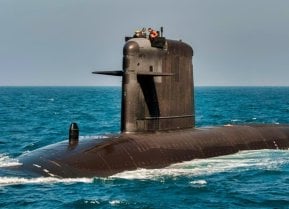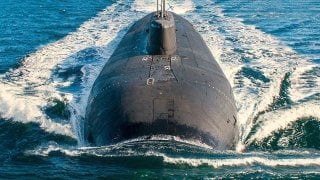Torpedo Accident: Russia Lost a Submarine Designed to Sink U.S. Navy Aircraft Carriers
The worst submarine accident in Russian history - the sinking of the Oscar-Class submarine Kursk - and one of the most frightening naval wrecks of all time happened in 2000.
The worst submarine accident in Russian history and one of the most frightening naval wrecks of all time happened in 2000.
The tragedy put the Russian people on edge and tested a new president by the name of Vladimir Putin.
The boat’s sinking occurred off the coast of Russia when two gargantuan explosions killed most on board. However, there were 23 survivors, and the world held its breath as the Russian navy pondered how to rescue them.
This is the story of the Kursk disaster.
What Precipitated the Sinking of the Kursk Submarine?
The tragedy began on August 15, 2000, in the Barents Sea. The Kursk, an Oscar II-class sub built in 1994, was part of a war game involving the Russian Northern Fleet. It was ordered to make a simulated attack on the Russian aircraft carrier Admiral Kuznetsov and the battlecruiser Pyotr Velikiy to evaluate how well the Russian navy would react to a U.S. Navy carrier battle group incursion in waters close to the homeland.
Two Huge Blasts Rock the Sub
There were suddenly two explosions in the area of operations of the exercise. The blasts were so powerful they were felt by sailors on the Pyotr Velikiy. The first explosion, likely caused by a bad weld on the hydrogen peroxide fuel chamber, detonated at least one of the torpedoes that had a 900 pound warhead. The torpedoes carried hydrogen peroxide as fuel and that’s when a chain reaction started.
Fire Explodes Torpedoes
Then the hydrogen peroxide leaked and ignited a wooden pallet. This led to “spontaneous ignition and a fierce fire,” according to one after action review. The fire caused the second explosion when the rest of the torpedoes were destroyed. This is likely what killed most of the crew. Fortunately, there were no nuclear weapons on board.
This huge blast tore a hole in the bow above the torpedo room. The Kursk took in water and started sinking 354 feet down. It plunged at a 20-degree vertical angle.
Doomed Survivors Try to Alert Searching Ships
The boat carried 118 officers and enlisted men but not all died from the explosions or drowned when water rushed through the gash. Lieutenant Captain Dmitri Koselnikov left a note that said he was part of a group of 23 sailors who survived. They were in the ninth compartment of the sub and Koselnikov wrote they could not get to the surface. He realized his men were doomed but he wanted to document their final hours. The crew probably began to tap the walls of the sub to alert sonars in the area that they were alive, but no vessel was able to establish radio contact.
The rescue efforts were a mess and the Russian navy clearly failed. Putin did not order the navy to accept help from an international rescue team, but there was terrible weather and unhelpful conditions in the murky water that hindered the rescue ships.
Putin Fails First Test as Commander-in-Chief in Kursk Submarine Tragedy
Meanwhile, Putin had to personally address the family members of the sub. This was a political disaster. At the time, people thought the Kursk may have collided with another ship or that the crew was not trained well. No-one knew the cause at the time and the sailors’ relatives believed that the navy and the Russian government had covered up what happened. They were in despair and blamed Putin for the botched rescue attempt claiming the Kremlin did not care about what happened to the sailors.

To make matters worse, Putin did not visit the rescue site until nine days after the sinking. He was on vacation and had not returned to Moscow immediately after it happened. Putin was seen as being insensitive to the accident and lacking strong leadership skills.
Many thought that if he commanded the navy to work with international rescuers that the survivors could have made it to the surface. The families never forgave Putin, and he was lucky to recover politically after the tragedy.
Author Expertise and Experience
Dr. Brent M. Eastwood is the author of Humans, Machines, and Data: Future Trends in Warfare. He is an Emerging Threats expert and former U.S. Army Infantry officer. You can follow him on Twitter @BMEastwood. He holds a Ph.D. in Political Science and Foreign Policy/ International Relations.
All images are Creative Commons.


